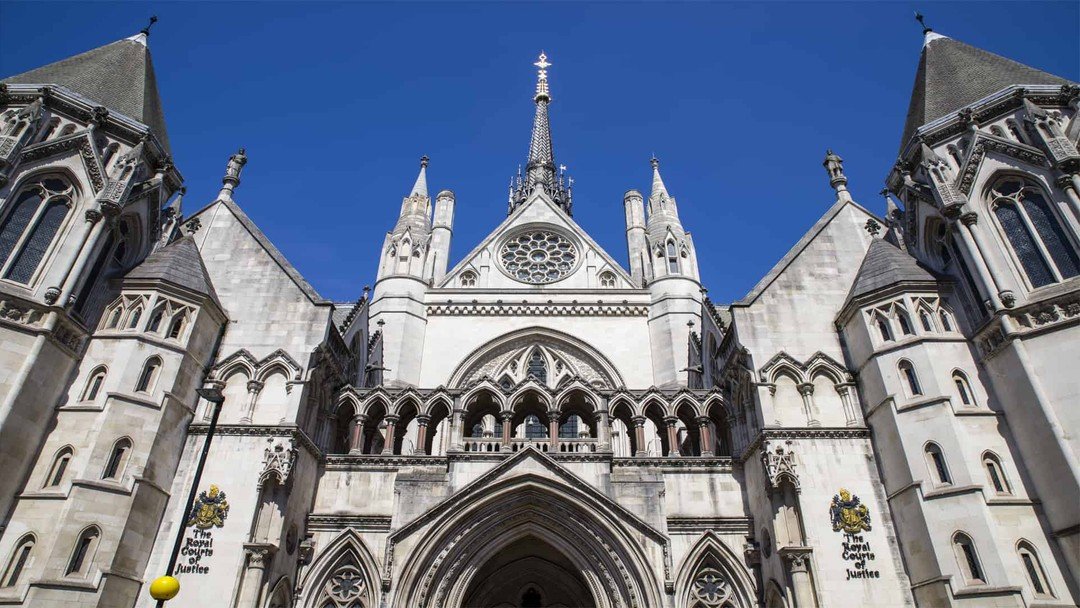Navigating the legal landscape of planning objections

By Amy Proferes
Exploring the complex intersection of planning disputes, harassment, and legal rights
The remarkable case of Dyer v Webb [2023] EWHC 1917 (KB) answers a question which may never have been asked before: can objecting to planning applications constitute harassment? Unusually for a neighbour dispute, the case “raises important questions about the nature, extent and limitations of certain of our fundamental freedoms under the law,” noted Dexter Dias KC in his detailed judgment.
The applicants and the respondents live in Brook, a small village in Surrey located in a designated Area of Natural Beauty and therefore subject to strict planning controls. Since moving to Brook the applicants had made more than 50 planning applications, some of which had been objected to by the respondents. The applicants asserted that these objections were intended to distress them. They were part of a course of oppressive and harassing conduct dating back to 1998, which was prohibited under the Protection from Harassment Act 1997. It was said that losses of £1.3m had resulted.
The applicants sought an injunction to restrain the respondents from acting in concert, coercing or soliciting others to make ‘unmeritorious’ objections to their planning applications, or making other objections to the local authority such as high hedge complaints. The respondents maintained that this was a vexatious application. Their objections resulted from genuine opposition to the planning applications, rather than any ulterior motive, and the relief sought would unreasonably restrain their rights to freedom of expression, association and assembly guaranteed under Articles 10 and 11 of the Human Rights Act 1998 and the European Convention on Human Rights.
The application was made prior to the issue of proceedings, and none had been issued when it was heard nearly seven months later. Relief can thus only be granted if the matter was urgent, or it was otherwise desirable to do so in the interests of justice (CPR 25.2(2)(b)).
Applicants for injunctions which will restrict freedom of expression are expected to comply with the Practice Guidance (Interim Non-disclosure Orders) [2012] 1 WLR 1003, which applies not only to journalism, but to other forms of publication such as social media (see e.g., Wan-Bissaka v Bentley [2020] EWHC 3640 (QB)) and, as shown by this judgment, planning objections. The Practice Guidance states that an applicant “must comply with the high duty to make full, fair and accurate disclosure of all material information to the court and to draw the court's attention to significant factual, legal and procedural aspects of the case.” Advocates must personally prepare a properly drafted order and draw the court's attention to any unusual features of the evidence adduced and the applicable law.
The usual American Cyanamid guidelines are modified for such applications. Rather than a ‘serious issue to be tried’, the applicant must show that they are ‘more likely than not’ to succeed at trial; see Cream Holdings v Banerjee [2004] HL 44, UK Oil & Gas Investments plc & Ors v Persons Unknown [2018] EWHC 2252 (Ch). Damages are highly unlikely to be an adequate remedy where the respondent is at risk of suffering breaches of their Article 10 and 11 rights.
Under the 1997 Act, a course of conduct which the defendant proves was reasonable in the circumstances will not be prohibited. How then does the burden fall when an applicant seeks interim relief restraining free speech on the grounds that such speech is harassment? The court summarised it as follows:
- At trial, it is for the respondents to prove on the balance of probabilities that their conduct was reasonable (if it would otherwise be harassment).
- For interim relief, the applicants must satisfy the court that it is likely that they will establish at trial that ‘publication will not be allowed.’
- Therefore at the interim stage the applicants must satisfy the court that it is likely the respondents will not prove their conduct was reasonable at trial.
This novel application failed. The court viewed the submission that valid objections could meet the standard for harassment due to the objector’s motivation as a puzzling one, although considered it hypothetically possible that if the only motivation was to cause distress the court might step in. In general, however:
‘...disputes such as these should be ventilated and resolved through the designated planning system, including appeals and resorting to the planning court structure where permitted. But the use of the Prevention of Harassment Act 1997 to fundamentally interfere with the freedom of expression and freedoms of assembly and association in respect of planning objections strikes me as a legal turn the court should be wary of making’.
The evidential basis for the claim of deliberate infliction of distress was found to be flawed and fundamentally weak. The applicants failed on every limb of both the standard American Cyanamid guidelines and the modified version applicable to restraining freedom or expression. They also failed to meet the test for a pre-action injunction.
At the hearing of consequential matters, the court ordered the applicants to pay the respondents’ costs on the indemnity basis. A particular factor weighing in favour of indemnity costs was the applicants’ apparent failure to recognise that the relief sought would infringe upon the respondents’ convention rights, and their subsequent insistence that these rights were not engaged. The court found that it was ‘unmistakable, plain, elementary and obvious’ that such rights were at stake. Despite this the Practice Guidance was not followed. The draft order provided was unworkable and set out no case management directions to trial as required (see B v D [2013] EWHC 1705 (QB).
As to other relevant factors, the applicants had withdrawn an allegation of trespass at the hearing without any prior notice, had adduced expert evidence from their own planning consultant but presented this as independent, and had failed to bring key matters to the court’s attention. Particular criticism was made of the repeated assertion that a high hedge complaint had been ‘spurious’, without clarifying that it had not only been granted but also had been upheld on appeal.
It was recorded that the application was considered to be Totally Without Merit, on the basis that it was bound to fail the test at CPR 25.2(2)(b). The Applicants set out no basis on which the application was urgent, and only undertook to issue proceedings if the application succeeded. As the court noted, ‘An interim relief hearing is not a test run; it is not a dress rehearsal.’ Although the applicants had not submitted that granting interim relief would be in the interests of justice, the court considered the second limb of the test and rejected it. It stopped short of making a civil restraint order, on the grounds that the application was ‘fundamentally misconceived rather than intrinsically malicious’.
Practitioners can take the following lessons from this sorry tale when preparing an injunction application:
- Consider whether there is any possibility that human rights could be infringed by the relief sought, and if so diligently follow the Practice Guidance and apply the enhanced test.
- If applying pre-action, determine which limb of CPR 25.2(2)(b) can be satisfied, and be prepared to issue proceedings shortly after the hearing.
- Although disputes of fact will not be determined at the interim stage, this does not mean that the accuracy of the evidence before the court is less important. Keep a careful eye out for inconsistencies both within witness evidence and between witness evidence and contemporaneous documents.
Amy Proferes is a barrister at Serle Court and acted for the successful respondents in Dyer v Webb
